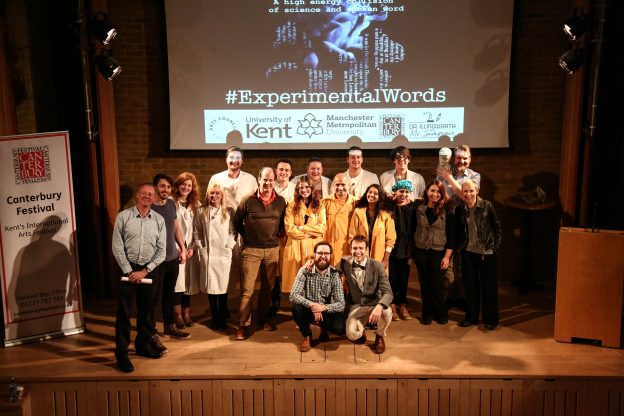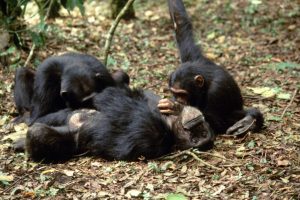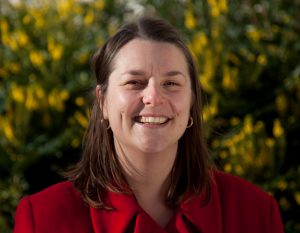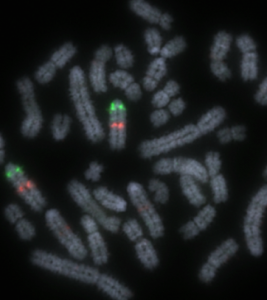An enzyme called RNA polymerase III (Pol III) that is present in most cells across all animal species, including ourselves has previously been known to be essential for making proteins and for cell growth. Its involvement in ageing however was under-explored until now.
The study involved Dr Jennifer Tullet of the University’s School of Biosciences. Led by a team from University College London (UCL) and also involving the University of Groningen in the Netherlands, Jenny and colleagues found that the survival of yeast cells and the lifespans of flies and worms were extended by an average of 10% following a modest reduction in Pol III activity in adulthood.
The effects of inhibiting Pol III were found to be comparable to the action of the immune-suppressing drug rapamycin, which has previously been shown to extend the lifespans of mice and many other animals. This discovery will help scientists understand the mechanism of action of drugs, such as rapamycin, that show promise for extending the lifespans of mammals.
Jenny said that it was ‘amazing’ that one small genetic adjustment can impact so positively on lifespan and intestinal health. Understanding more about the underlying molecules at work promises new strategies for anti-ageing therapies.
The team now plan to continue their work on Pol III to understand its function in an adult organism and hence shed light on how a reduction in its activity can extend lifespan.
The research was funded by the Biotechnology and Biological Sciences Research Council, the Royal Society, the Medical Research Council, the EU’s Horizon 2020 and UCL.
The paper, entitled Longevity by RNA polymerase III inhibition downstream of TORC1 (Danny Filer, Maximillian Thompson, Vakil Takhaveev, Adam Dobson, Ilektra Kotronaki, James Green, Matthias Heinemann, Jennifer Tullet and Nazif Alic) was published in Nature.







